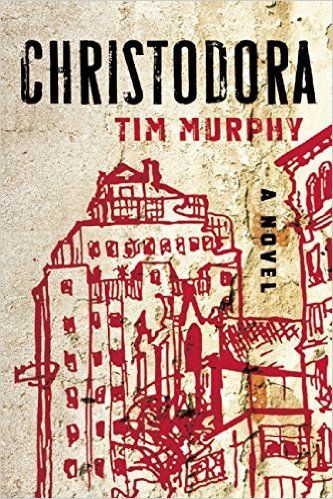What do you think?
Rate this book


496 pages, Hardcover
First published August 2, 2016
Inside the pages of CHRISTODORA the characters are flawed, the sex explicitly graphic, and the drug use overwhelming and deadly yet the story is moving and powerful in its message.
As pieces of several complicated lives come together; despite the lies that shock and hurt, despite the devastating pain of loss, we are thankfully left with a bit of happiness and hope.
Voted for "Christodora" in the Opening Round of the 2016 #GoodreadsChoice Awards https://t.co/joVmQDDqy4 via @goodreads
— Katie Mc (@KatieMcAtGR) November 1, 2016
That was the thing about the [HIV/AIDS] movement, wasn't it? People came thinking they were dying but they ended up finding out how powerful they really were.